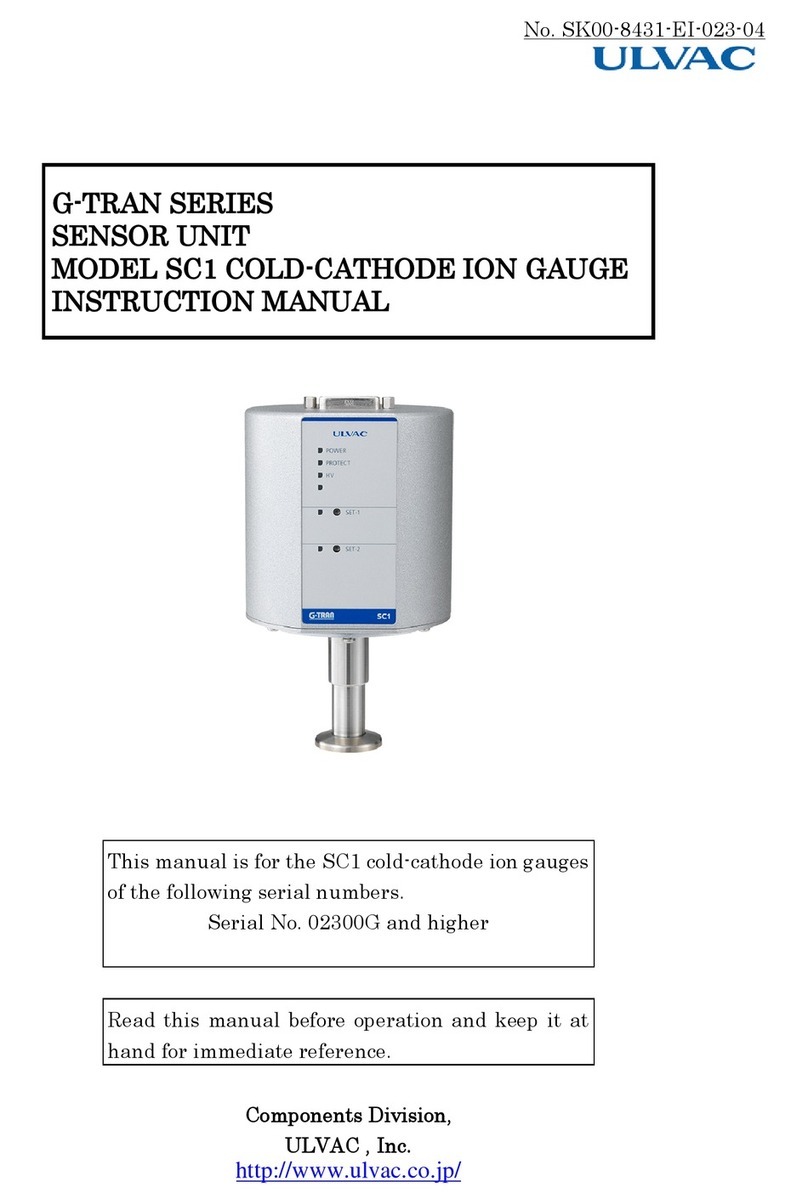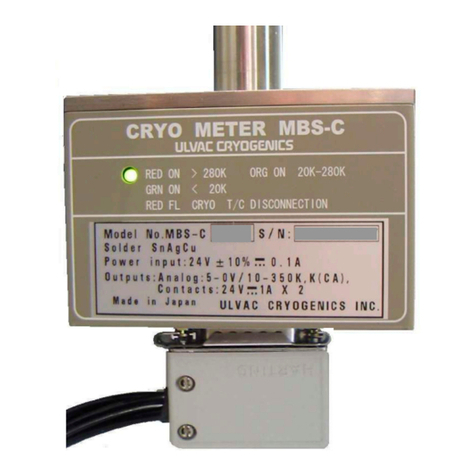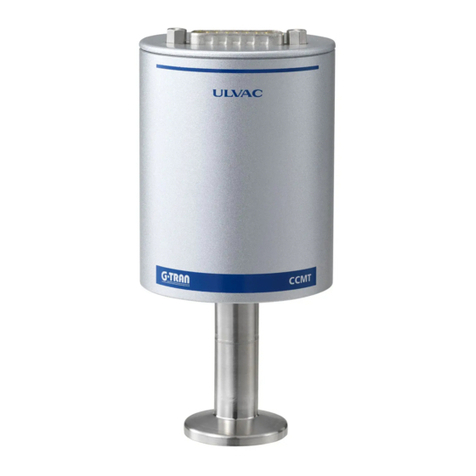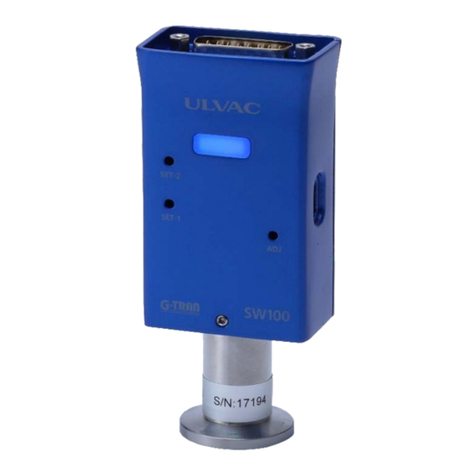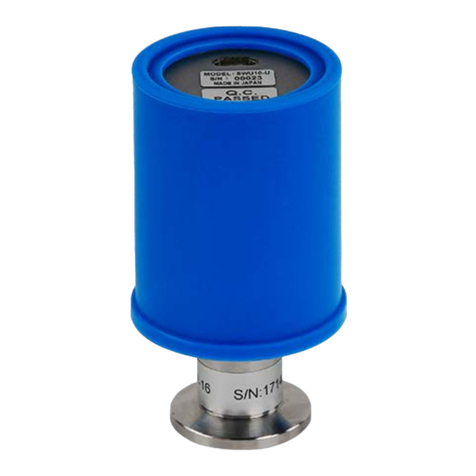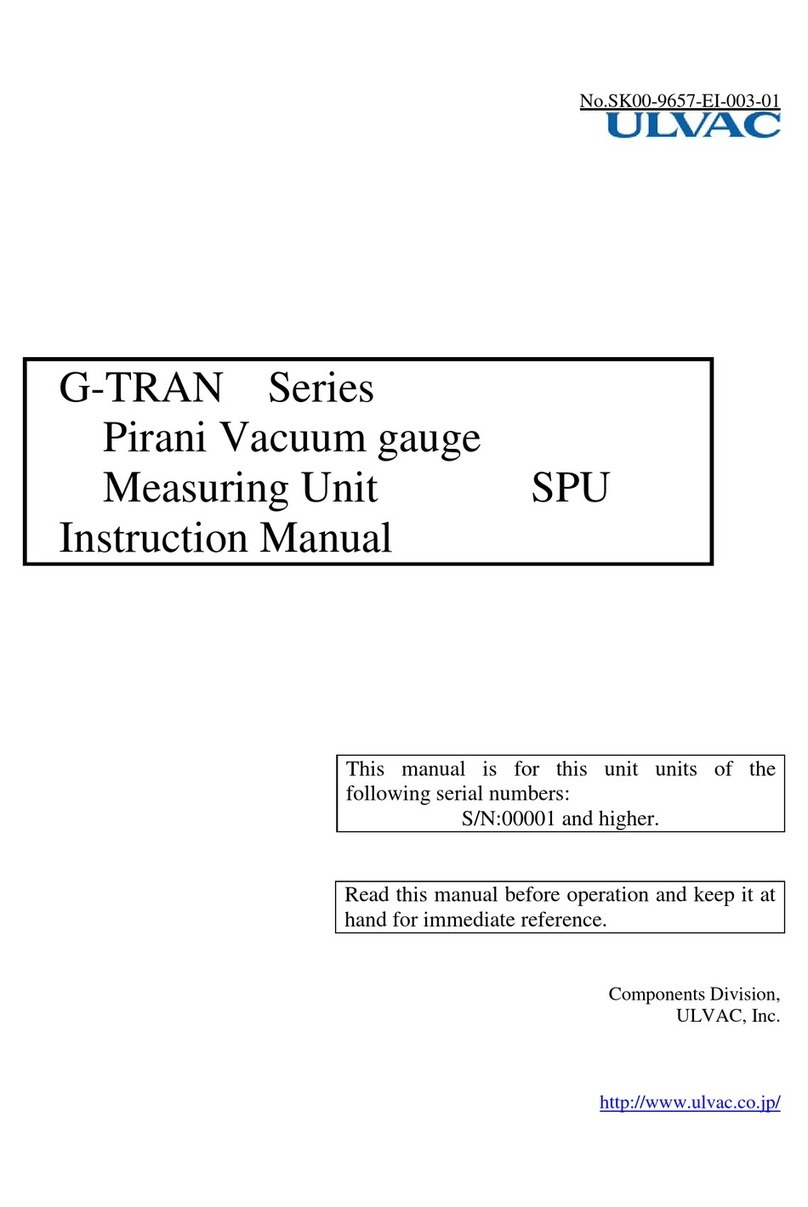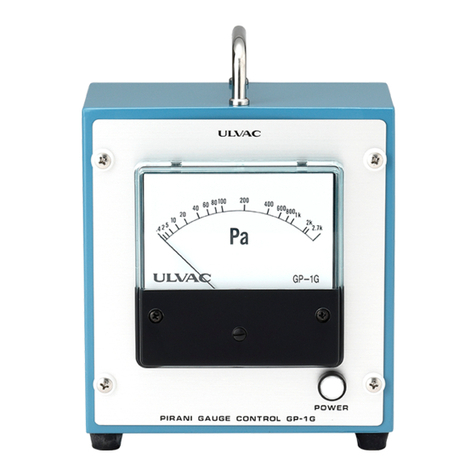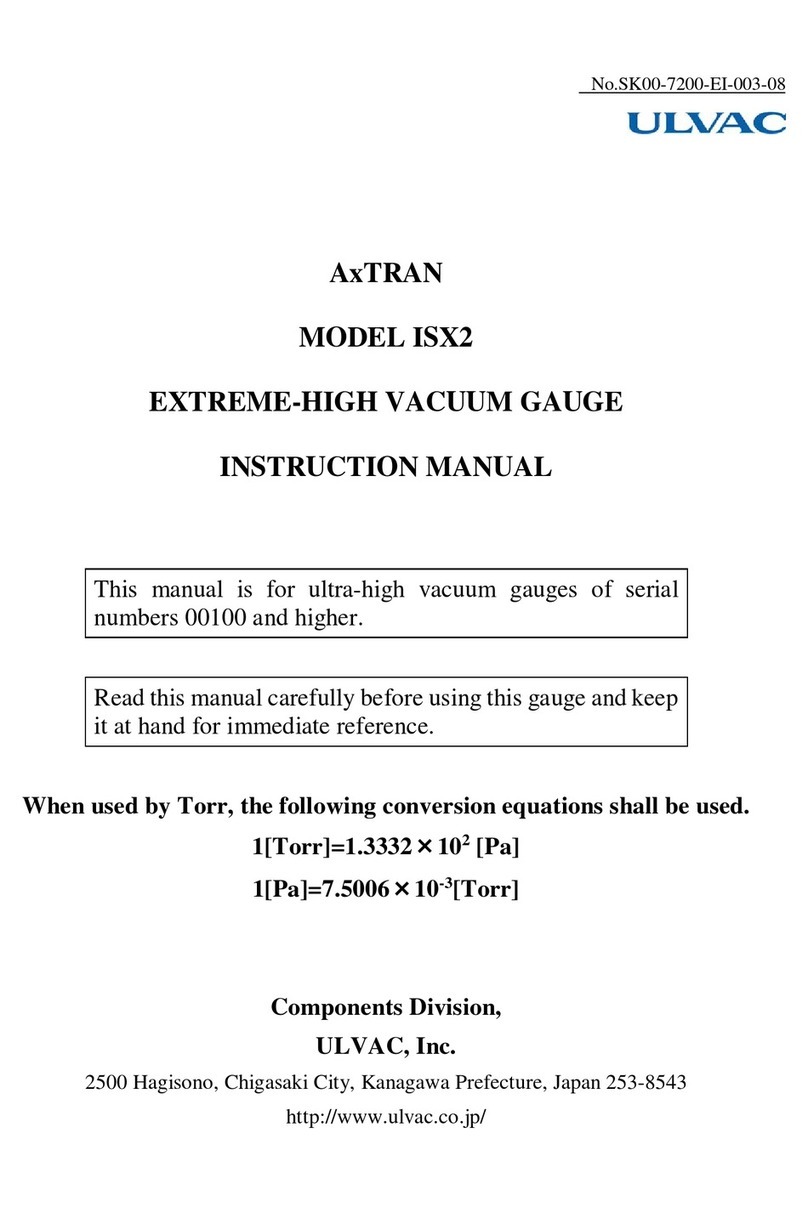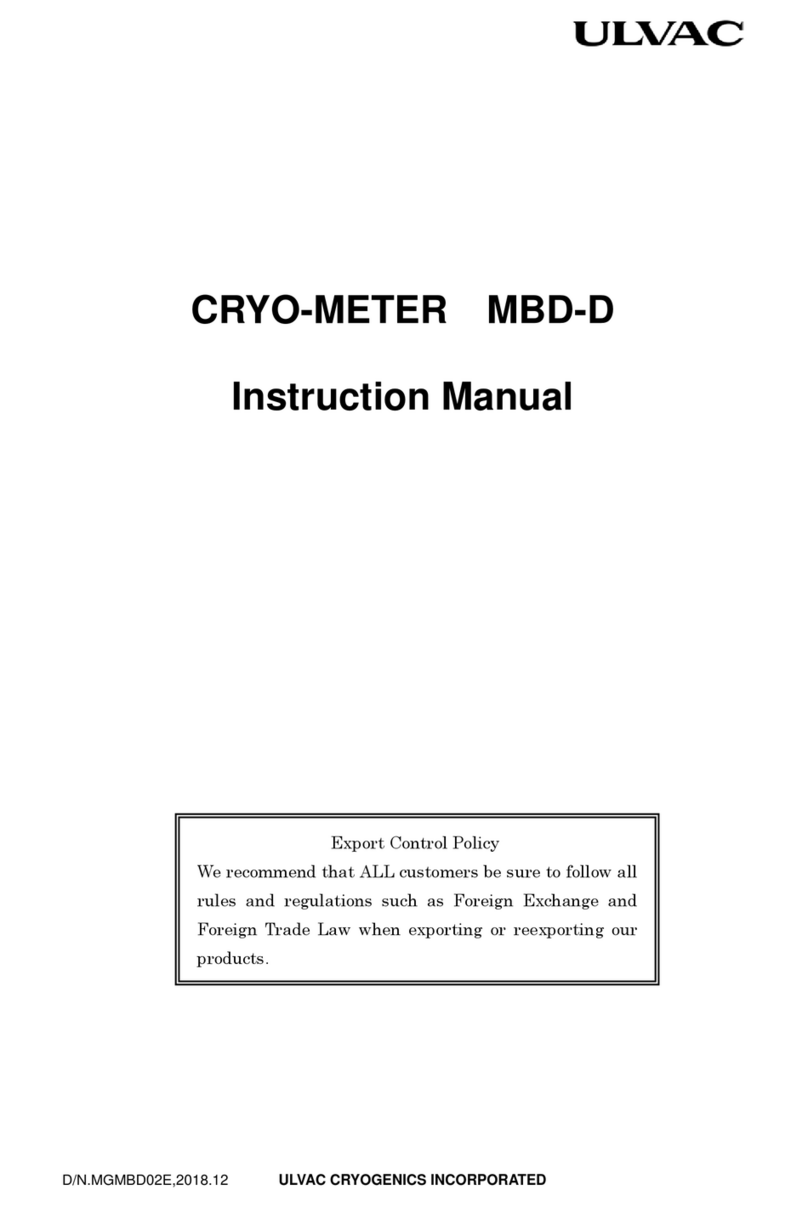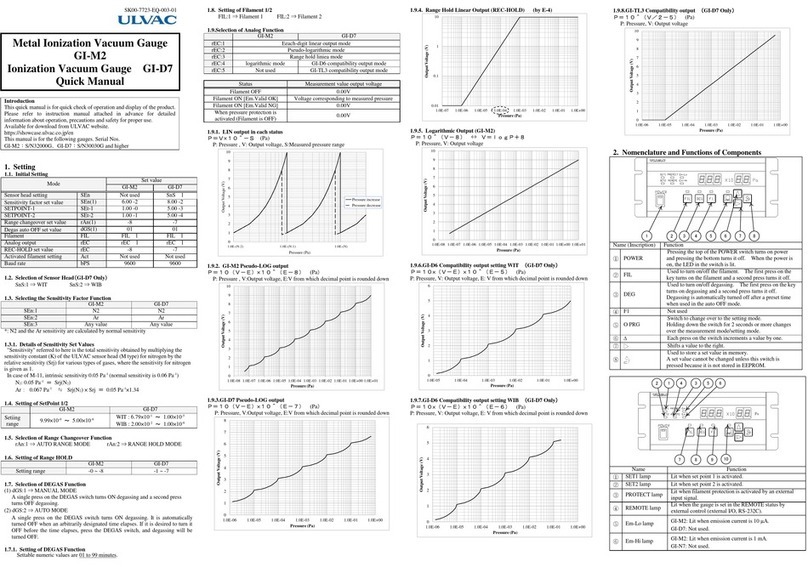
-V -
Table of Contents
PRIOR TO USE............................................................................................................................................................................. Ⅰ
SAFETY SYMBOLS..................................................................................................................................................................... Ⅰ
SAFETY CAUTIONS................................................................................................................................................................... Ⅱ
REVISION HISTORY.................................................................................................................................................................. Ⅳ
1. GENERAL DESCRIPTION ............................................................................................................................................... 1
1.1. SPECIFICATIONS .............................................................................................................................................................. 1
1.2. STANDARD ACCESSORIES............................................................................................................................................... 1
1.3. OPTION ............................................................................................................................................................................. 2
1.3.1. Sensor head............................................................................................................................................................... 2
1.3.2. Measuring unit......................................................................................................................................................... 2
1.3.3. Sensor head cable.................................................................................................................................................... 2
1.3.4. Supply cable 3m(only GP-2001G).................................................................................................................. 2
1.3.5. Others.......................................................................................................................................................................... 2
1.4. DESCRIPTION OF COMPONENTS................................................................................................................................... 3
1.4.1. Front panel................................................................................................................................................................ 3
1.4.2. Rear Panel .................................................................................................................................................................4
2. INSTALLING THE PIRANI VACUUM GAUGE ...................................................................................................... 5
2.1. PRELIMINARY OPERATION ............................................................................................................................................ 5
2.2. INSTALLATION .................................................................................................................................................................5
2.2.1. Installing the controller.......................................................................................................................................... 5
2.2.2. Installing the sensor head..................................................................................................................................... 6
2.2.3. Installing the supply cable .................................................................................................................................... 7
2.2.4. Electrical connection................................................................................................................................................ 7
2.2.5. A sensor head installation method to GP-H................................................................................................... 9
3. OPERATING PROCEDURE ...........................................................................................................................................10
3.1. CAUTIONS IN HANDLING.............................................................................................................................................10
4. OPERATING PROCEDURE ...........................................................................................................................................11
4.1. SUMMARY OF THE OPERATION METHOD ..................................................................................................................11
4.2. SELECTING THE RECORDER OUTPUT .......................................................................................................................12
4.3. SELECTING THE UNIT OF PRESSURE ........................................................................................................................12
4.4. DISPLAY AND CHANGE OF SETPOINT COMPARISON VALUE ................................................................................12
4.5. ADJUSTING THE RECORDER OUTPUT .......................................................................................................................13
4.6. RECORDER OUTPUT......................................................................................................................................................14
4.7. SETPOINT OUTPUT .......................................................................................................................................................16
4.8. ZERO RESETTING FUNCTION......................................................................................................................................16
5. APPENDIX ............................................................................................................................................................................17
5.1. PRINCIPLES OF OPERATION ........................................................................................................................................17
5.2. TYPES OF GAS MEASURED AND INDICATION ..........................................................................................................18
5.3. CHANGE OF INDICATION WITH AMBIENT TEMPERATURE ....................................................................................20
6. TROUBLESHOOTING......................................................................................................................................................21
7. WARRANTY..........................................................................................................................................................................23
8. CHINA ROHS DECLARATION ....................................................................................................................................24
9. CERTIFICATE OF DECONTAMINATION...............................................................................................................25
10. RELATED DRAWINGS ...............................................................................................................................................26
